If you are a barista at a coffee shop or a coffee enthusiast who brews their coffee at home, it is essential to know one or two things about coffee making accessories.
How else will you make the best coffee?
Coffee making accessories range from the simple ones such as French Press to the more sophisticated and pricy ones such as espresso machines.
You probably had your daily dose of coffee this morning. Maybe you will have another couple of mugs before you call it a day.

Café, as the Spaniards call it, is among the most consumed beverages in the world over.
According to the International Coffee Organisation, coffee is the second most consumed drink, with water coming first.
There is a myriad of coffee making accessories and tools used in the coffee-making process.
They come in different designs, sizes, and prices.
In this article, we will take a more in-depth look at these tools and accessories.
Table of Contents
What Is The Coffee Making Process

If you are an avid coffee drinker, it is essential to know what happens before coffee becomes a beverage that you can pour into your favourite mug.
Coffee is obtained from coffee seeds.
When they become ripe, the seeds are harvested from coffee plantations.
Then, they are processed in good time before spoilage can take place. There are two methods of processing coffee, the dry method and the wet method.
The dry method involves sun-drying the beans by spreading them out in the sun.
The wet method is achieved by passing coffee beans through pulp machines that have water channels.
Read: Why Specialty Coffee is Washed – Washed vs Unwashed Coffee
After that, the coffee is tested for quality, a procedure known as cupping.
The visual appeal, as well as the taste, is examined, and the wheat, as they say, is separated from the chaff.
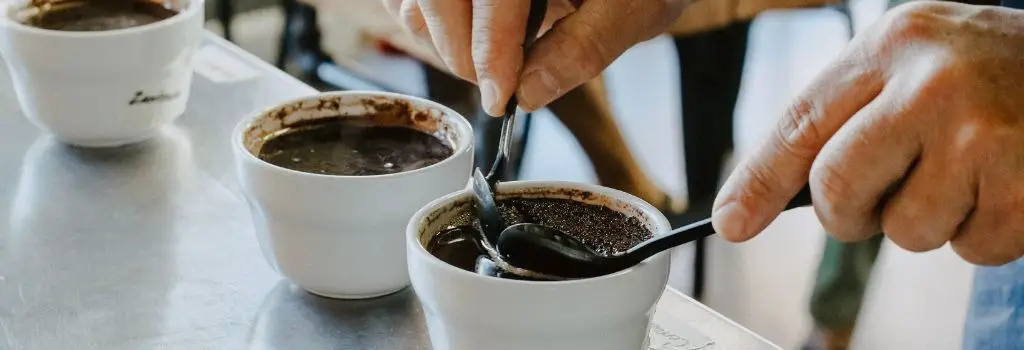
The good grade coffee is then roasted to become the beautiful brown beans with the alluring aroma and taste that we all love.
After that, the grinding process takes place where the beans are ground into finer particles.
The degree of ‘fine’ depends on the machine used and the grinding process’s speed.
At each stage of the process, there are different coffee making accessories and tools, each of which plays an essential and unique role.
What Are The Different Types of Coffee Making Tools and Accessories?
Different coffee lovers have different definitions of a ‘good’ cup of coffee. Some like it light-bodied, and others prefer it dark and dense bodied coffee.
For some, it takes a hot mug of cappuccino to complete their day, and for others, a steaming espresso is what they need to kick start theirs.
Thus, you require the right accessories, which differ from person to person, to ensure that your coffee is top-notch.

Usually, coffee drinkers buy roasted coffee beans and begin their coffee-making process at the grinding stage.
Others prefer to be involved in as many parts of the process as possible and go as far back as the roasting stage.
If you are that person, here are the must-have coffee making accessories:
Coffee Roaster
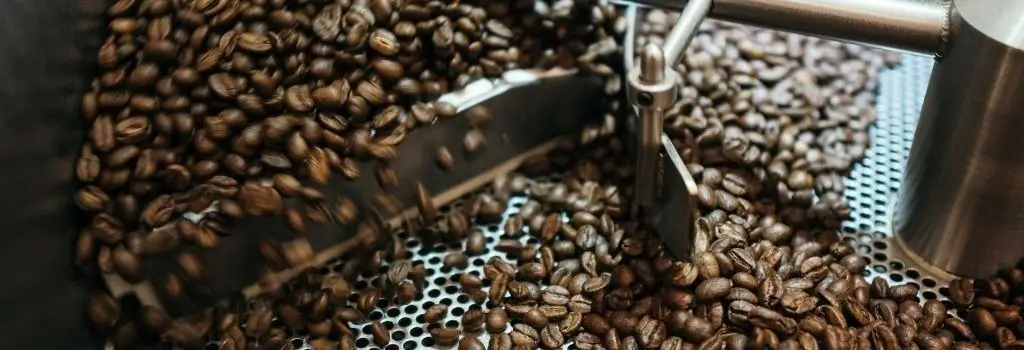
Owning a functional popcorn popper will save you from purchasing a coffee roaster since it also gets the job done.
However, this depends on the type of coffee beans. If you prefer a proper coffee roasting device, you have two types to choose from; drum roasters and hot air roasters.
1. Drum Roasters
They rely on indirect heat to roast the beans. Their workings are similar to oven roasting and pan-frying.
Drum roasters are slow and steady, taking 14 to 20 minutes to roast a batch.
The coffee beans are moved around in a rotating round chamber. This ensures that the roasting is even, especially at the low temperatures.
Coffee beans roasted using drum roasters are relatively more full-bodied tasting.
Compared to hot air roasters, they are longer lasting because unlike air roasters, they do not require the high fan speeds.
2. Hot-air Roasters
Hot-air roasters apply the same concept as popcorn makers, where coffee beans are roasted using direct heat.
Hot air is pushed through a roasting chamber, and it touches all the beans, roasting them.
These roasters are fast, as most will get the work done within 10 minutes.
However, only a small amount can be roasted at a go, making it unsuitable for commercial use.
Coffee beans roasted using hot-air roasters are more acidic.
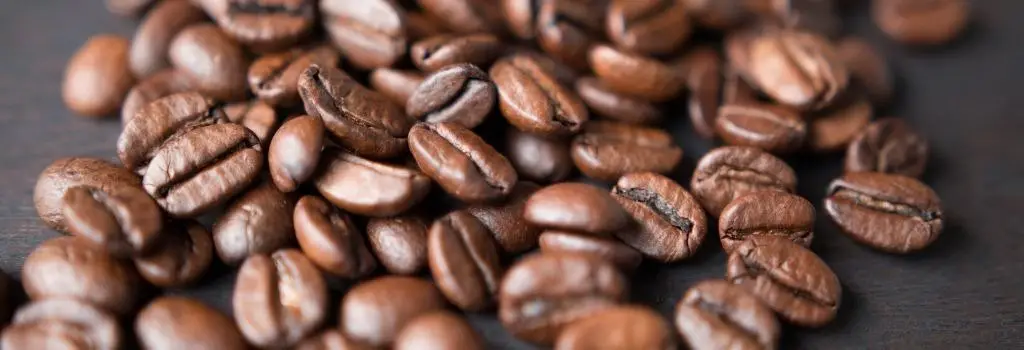
Types Of Coffee Bean Roast Profiles
| Types Of Coffee Bean Roasts | Colour | Flavour Notes |
| Light | Light Brown | Toasted grain with pronounced acidity |
| Medium | Brown | Balanced flavour, aroma, and acidity |
| Dark | Dark Brown | Heavy, full body flavour with small taste of spice |
| Extra Dark | Black | Bitter, smoky, or burnt taste |
Read: Strongest Coffee Beans | Top 7 Brands Of The Strongest Coffee Beans
Coffee Scales

A good coffee scale will ensure you get those consistent results with every brew.
It’s true, slightly too much water, a fraction short of coffee or coming up a few moments short of the right time can make or break your brew.
The idea that adding new tools to your routine will complicate things is simply not true.
A good working scale is essential to bringing out the best in your coffee, no matter how (or where) you make it.
Digital scales are by far the best type of coffee scale to get, and there are many brands to choose from.
To help get you through all the different types and brands of coffee scales available in todays market, we have included our top three choices, to suit all budgets, which we have personally brought and used ourselves.
1. Hario Drip Scale
Hario represents exceptional quality for brewing speciality coffee at home and in cafés.
Whether you’re just getting started with brewing filter coffee at home, or you are an experienced barista, they have you covered.
This scale is scientifically designed to work with the drip/pour over brewing method.
The precision weight scale and built in timer allow you to make the perfect cup of coffee time and time again.
It works with any sized dripper, but the pin-point 0.1g accuracy really shines when brewing that single perfect cup at a time.
The integrated timer allows you to emulate professional brewing at home, and comes with an auto-off function so you don’t have to worry about anything.
2. Acaia Pearl Coffee Scale
The Acaia Pearl coffee scale is favoured by top baristas and cafes around the world.
The design and laboratory-grade parts make for a seamless brewing experience.
This brilliantly functional scale allows you to monitor the weight, time and flow-rates as you brew your coffee.
Acaia Pearl Scales have a simple, modern and minimalistic design, but they do come with a high price tag.
However, it is important to note, you certainly get what you pay for.
3. Coffee Gator Digital Scale
Being our cheapest out of the three, the coffee gator digital scale is still a professional coffee making accessories choice.
It makes weighing, measuring and timing a breeze.
Whether you’re making pour over, cafetiere, AeroPress, Moka or espresso coffee, these scales are well up to the job.
The one-stop piece of kit weighs (g/oz), measures water volume (l/fl oz) and times your brew, removing all the guesswork.
It is accurate from 0.1g to 3kg max, so everything from brewing to baking is a piece of cake.
Coffee Grinders
Most coffee aficionados begin their coffee-making process at the grinding stage.
A coffee grinder enables you to grind your beans to the size requirements of the particular brew.

Different brews require different grind sizes for your specialty coffee to come out perfectly.
Good espresso requires the finest of grounds, whereas French Press is made with coarse grounds.
The freshness, size and quality of grind have a significant effect on how a coffee will taste.
The flavour will start to dull down as the coffee particles come into contact with air once the coffee bean has been ground.
You can choose four types of coffee grinders: manual, automatic, blade, and burr grinders.
1. Manual Grinders
As the name suggests, these grinders require muscle power to grind the beans by turning a crank.
This way, you have control over the grinding process, and you can stop grinding when you feel like the size is perfect for your desired coffee.
Manual grinders are compact, and you can carry them easily from the kitchen to the patio.
They are most suitable for domestic use, where just a little coffee is needed.
2. Automatic Grinders
Automatic grinders are run by a motor that is powered by either batteries or electricity.
Compared to manual grinders, they are faster and have a larger capacity.
Thus, they are ideal for commercial use, like in coffee shops, and therefore, for those reasons, they cost more than the manual grinders.
From the date this article was published, the current number 1 automatic coffee grinder seller is the DE’LONGHI Coffee grinder.
In our opinion, the professional burr grinder from De’Longhi is a must-have tool for coffee lovers.
With the capacity to grind 120g of coffee beans, producing up to 12 coffee cups at your perfect grind setting, and all at the touch of the on/off button.
The transparent bean container, top lid and transparent, removable powder container make this grinder incredibly easy to use.
The built-in cord storage helps you tidy away neatly, and ready for the next time you fancy the smell and taste of freshly ground coffee in your own home.
3. Blade Grinders
Also known as propeller grinders, these grinders chop down coffee beans using a fast-rotating blade.
The blade is powered by an electric motor, and is located at the bottom of a cup-like receptacle.
The fineness of the resulting particles is determined by the amount of time you let the blades knock away at the coffee beans.
Of course, the longer it takes, the finer the particles shall be.
The coffee may taste a little bitter because of the heat produced during the chopping process.
Blade grinders are relatively pocket friendly, compact and can be used with flavoured coffee.
4. Burr Grinders
These grinders break down coffee beans by crushing them between steel or ceramic burrs.
Compared to blades, burr grinders produce consistent grinds that are finer.
They are costlier than blade grinders but are the more popular option.
Coffee Makers

When your coffee beans are roasted and ground to your desire, the next step is to brew the coffee.
This is the last stage of the coffee-making process, which is also the most fulfilling because you can finally enjoy your rich, steaming cup of coffee!
That is why coffee makers are important. They are the accessories that you use to brew your coffee.
Generally, all you are required to do is add coffee grinds and hot water, and the coffee maker brews your coffee and serves it hot.
However, there is a variety of coffee makers available in the market.
Therefore, your choice will depend on the amount of coffee you intend to make, the type of coffee, the size of the device, and your budget.
Some of the most popular coffee makers include French press, espresso machines, vacuum coffee makers, pour-over coffee makers, and Moka pots, among others.
Read: Chemex Brewing Guide (what is a Chemex?)

Espresso machines on the market today can brew a tasty shot of coffee.
Either for a quick espresso hit or to use in a latte, cappuccino or Americano, it is possible to make them right at home.
And it doesn’t leave you having to shell out a small fortune every day you stand in a line at your local coffee shop.
Some espresso machines do much more than simply make espresso now too.
You can find an espresso machine that has an in-built grinder, milk frother, or coffee tamper to make sure you get the best drink possible.
For example, the Sage Semi Automatic Espresso Machine.
Cleaning Cloths
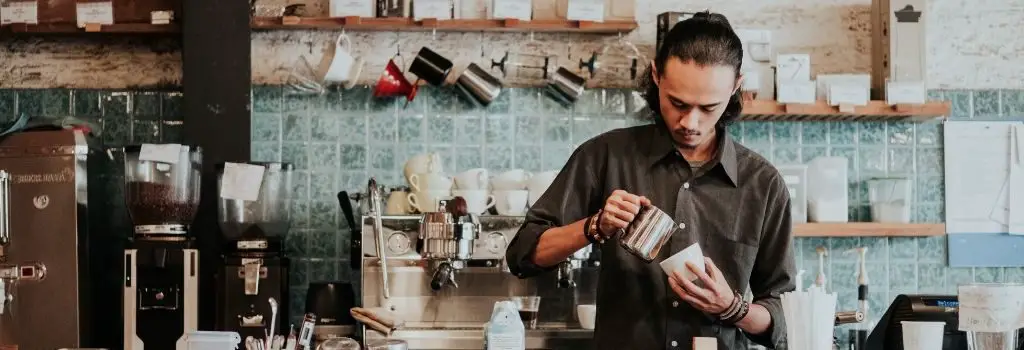
To assist cleaning and maintaining coffee machines at home, and especially in a commercial environments, every barista will need a heavy duty cleaning cloth.
Generally these cloths are using a unique blend of polyamide and polyester.
These special heavy duty cloths do a fantastic job of keeping coffee equipment clean and ready for quality coffee production.
- Steam Wand Cloth
Having a separate steam wand cloth is important. Best used damp, the steam wand cloth allows for quick and easy removal of milk residue.
- Coffee Cloth with Belt clip
Heavy duty microfiber cloths designed to quickly and easily remove coffee waste from group handles and related parts of the machine with ease.
They can come complete with a belt clip, and makes keeping your machine in A+ condition a breeze.
- Multipurpose Cloth
A multi-purpose cloth will be designed to outlast, out perform and do away with your old-style disposable all purpose cloth and sponge.
Ideal for cleaning and polishing coffee machines.
Milk Frothers
If you like coffee-based beverages such as lattes and cappuccinos, then a milk frother is a coffee accessory that should be standing firm on your kitchen shelf.
This is because to make these beverages, you will need to froth milk.
Some coffee makers, such as espresso machines have built-in milk frothers in them, which is convenient.
Others, such as Moka pots do not have inbuilt milk frothers, and as such, you will be required to purchase one separately.
Again, it all depends on your personal preferences.
When purchasing milk frothers, go for those that are easy to use, are portable, and produce froth that is thick enough.
How To Choose a Good Coffee Making Accessory?
There is a variety of coffee making tools and accessories out there.
However, you cannot walk into a shop and buy the first coffee maker or grinder that you bump into.
You have to know what you want, depending on factors such as, your budget and the type of coffee that hits your right spots.
That way, you will get the right accessories to bring the quality of your coffee a notch higher.
TOP TIPS:
Here are some factors you should consider before bagging yourself a coffee making accessory:
- The coffee-making method you will be using
- The amount of coffee you will be making
- The type of coffee you prefer
- Whether it’s for domestic use or commercial use
- Your budget
FAQ’s

A: Portafilter – the portafilter is the device you grind coffee into and then place in the group to brew coffee.
A: A general guideline is called the “Golden Ratio” – one to two tablespoons of ground coffee for every six ounces of water. This can be adjusted to suit individual taste preferences.
A: Up to 400 milligrams (mg) of caffeine a day appears to be safe for most healthy adults. That’s roughly the amount of caffeine in four cups of brewed coffee
A: Adding milk (and sugar) to your coffee may induce weight gain; unlike black coffee, which has fewer calories.
Conclusion: Coffee Making Accessories

Coffee lovers and baristas need to invest in coffee making accessories for better coffee quality and satisfaction.
Still, every aficionado has to ensure they get the right tools and accessories.
Because let’s face it, for instance, you may not be able to get good espresso from a Moka pot.
You will need to invest in a good espresso machine for that.
Also, there are different sizes and designs for every budget.
If you cannot afford an espresso machine, there are many manual brewing devices to choose from that will not hurt your pocket either.

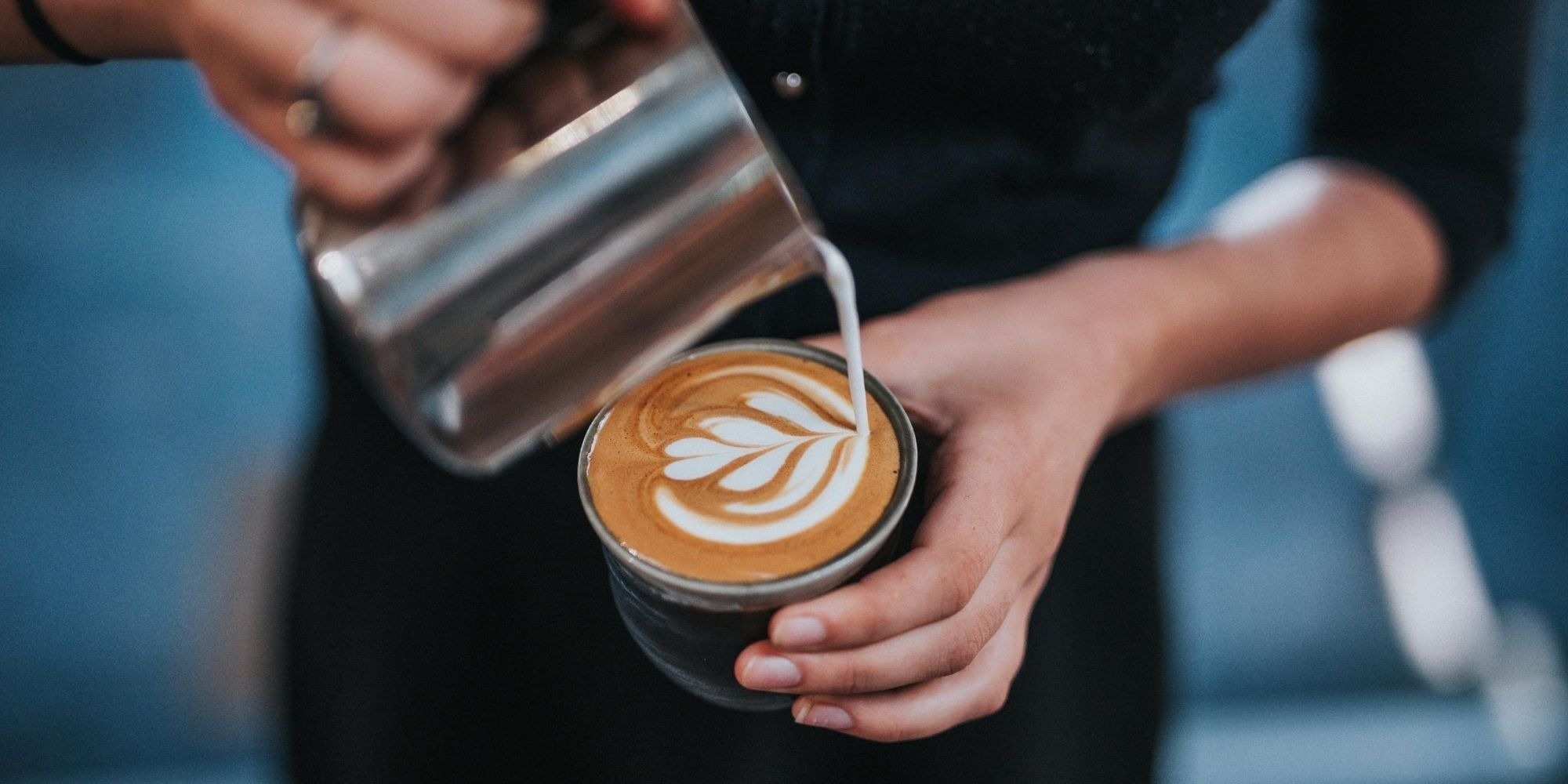







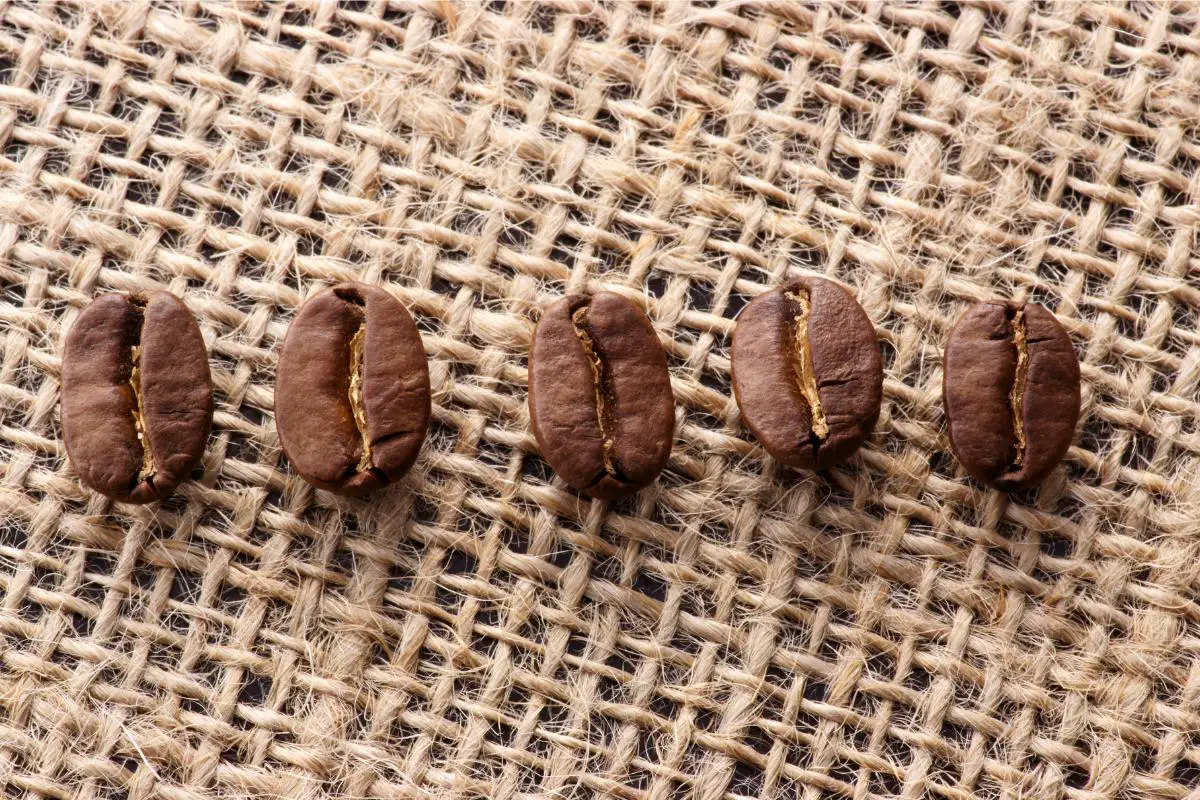
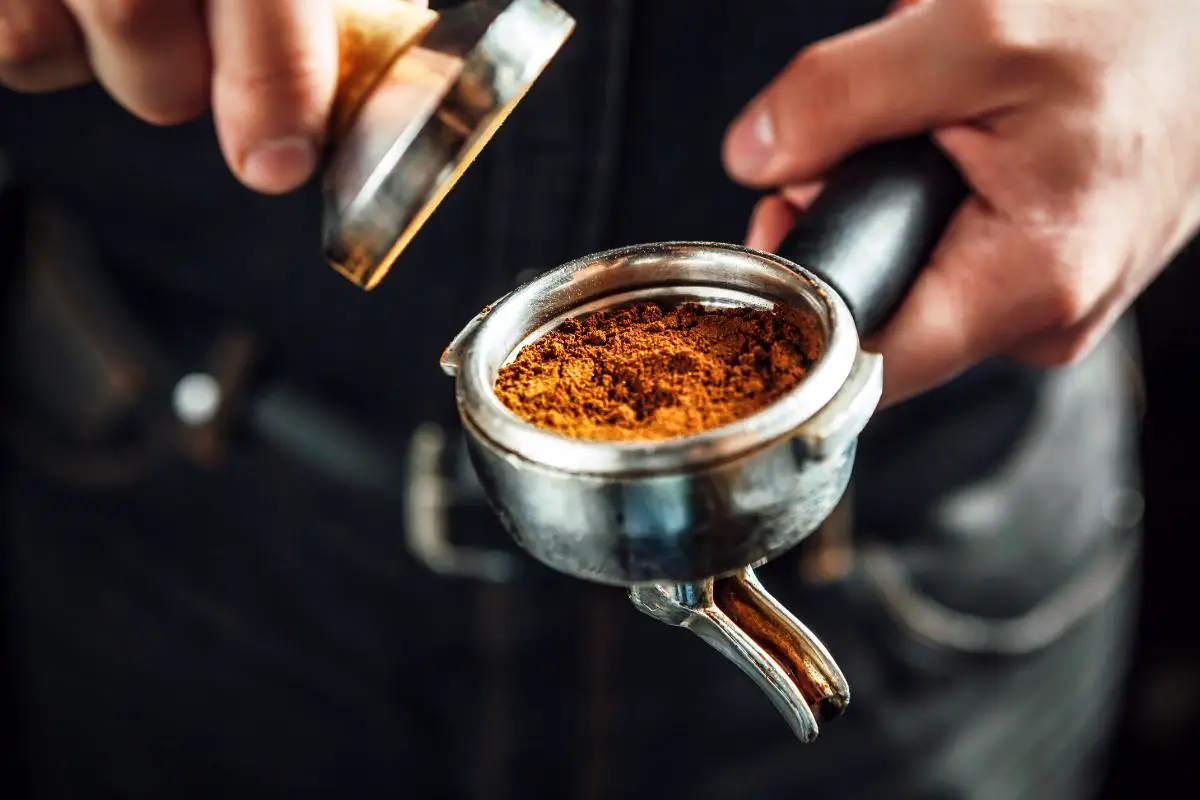
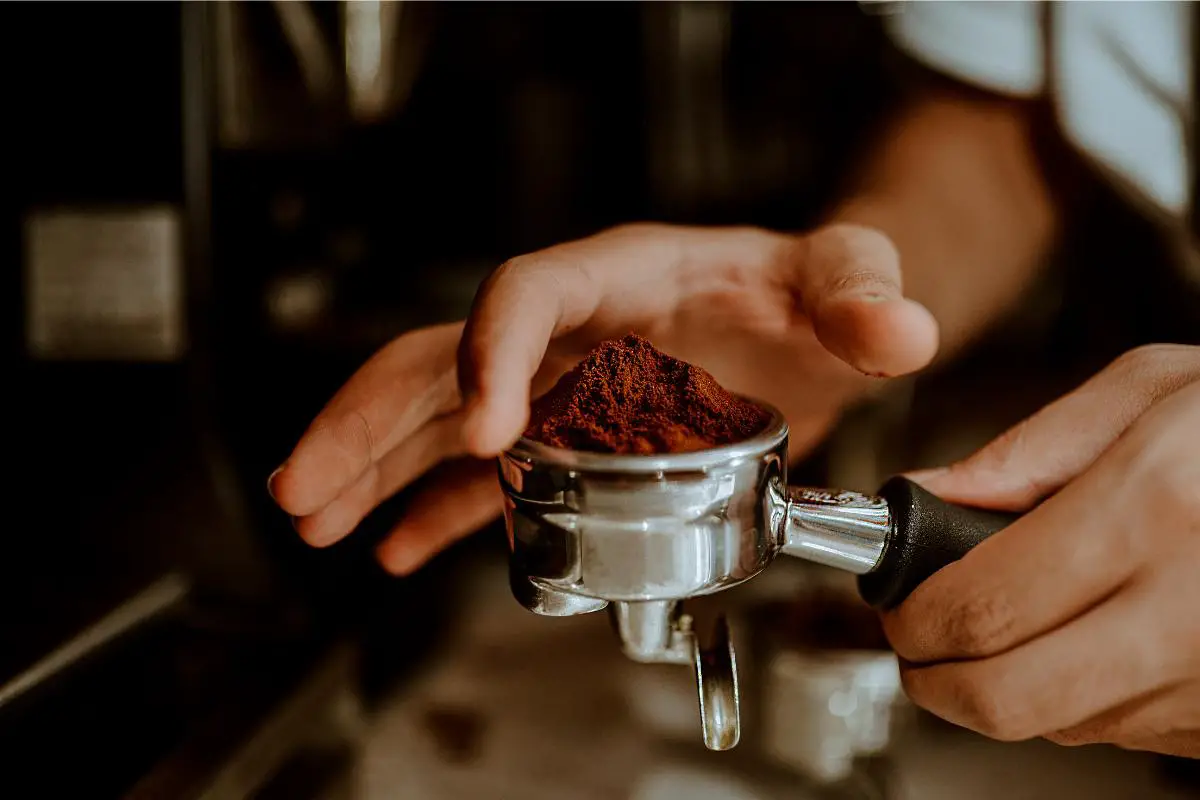
Leave a Reply